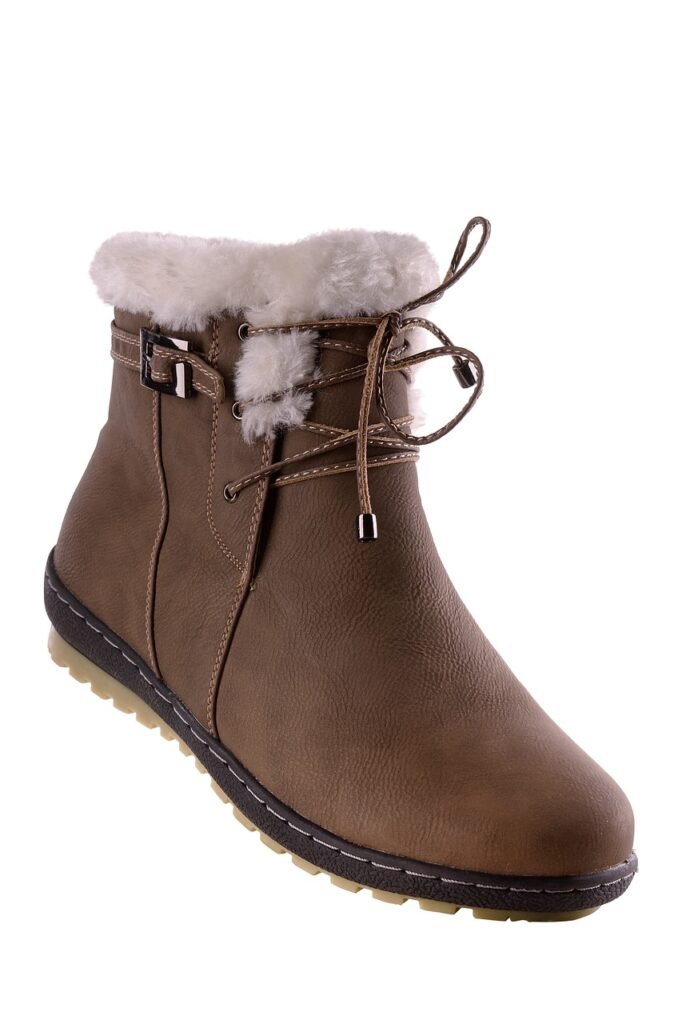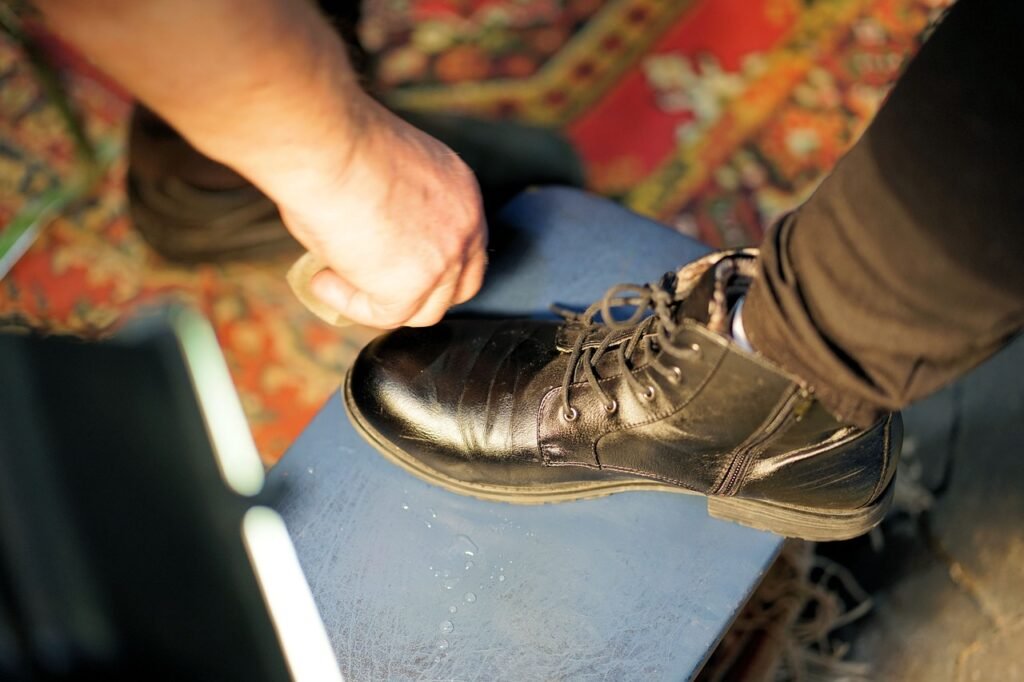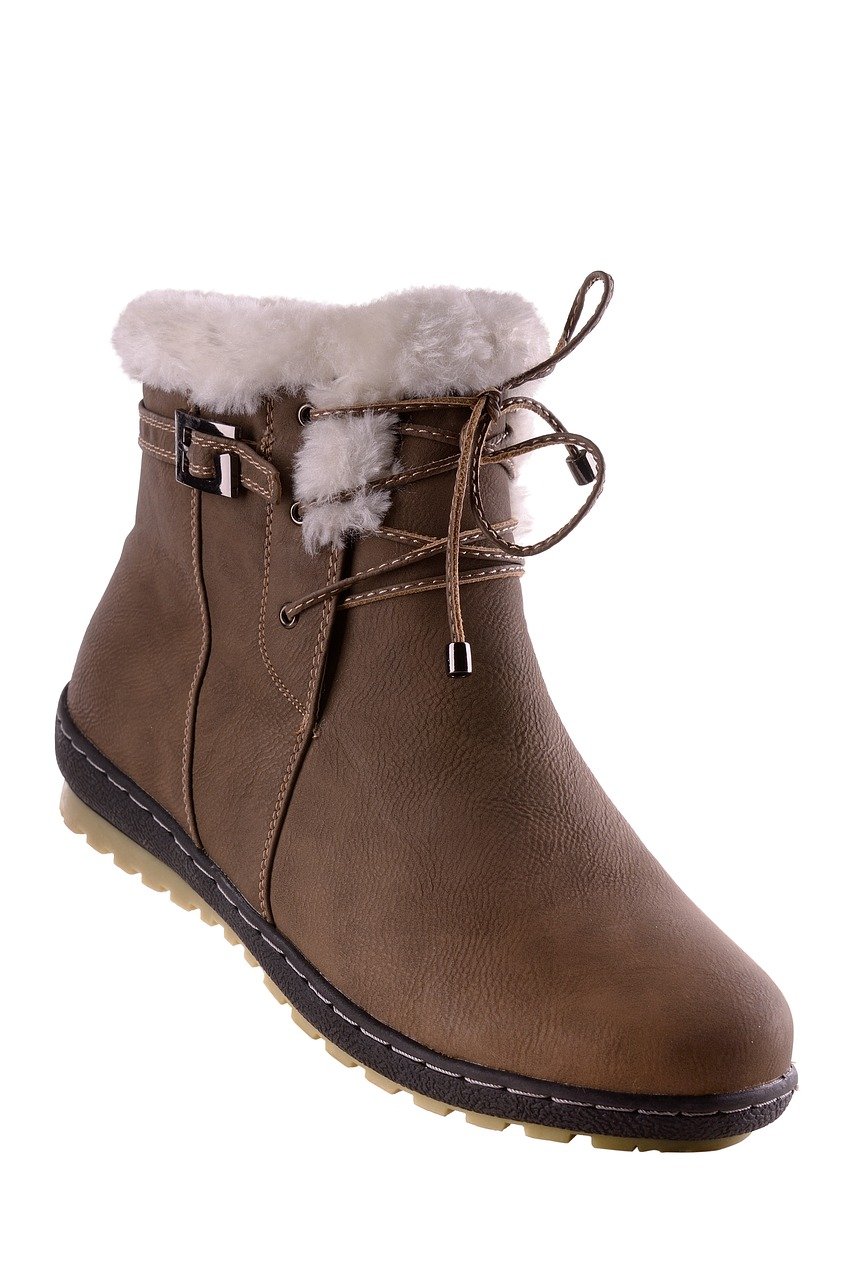The Ultimate Guide to Cleaning Alligator Leather
In this comprehensive guide, you will discover the essential techniques for effectively cleaning alligator leather. Whether you have a cherished pair of alligator leather shoes or a luxurious handbag, knowing the proper cleaning methods is crucial to maintain their pristine condition. From step-by-step instructions to helpful tips and tricks, this article will equip you with the knowledge needed to keep your alligator leather items looking as good as new. So, let’s dive right in and learn the secrets to preserving the beauty and durability of alligator leather.
Understanding Alligator Leather
What is Alligator Leather?
Alligator leather is a highly sought-after material known for its durability, unique texture, and exotic appearance. It is made from the skin of alligators, which are primarily found in the southern regions of the United States. The process of obtaining alligator leather involves carefully harvesting the reptile’s skin, treating it, and then transforming it into a luxurious material for various products such as handbags, shoes, and belts. Alligator leather is prized for its distinctive scales, which add a touch of elegance and sophistication to any item.
Why is Alligator Leather Unique?
Alligator leather stands out among other types of leather due to its exceptional characteristics. The distinct pattern of the alligator’s scales creates a visually captivating texture that cannot be replicated by any other material. Each scale has a raised center known as the “hornback,” which adds depth and dimension to the leather’s surface. Additionally, alligator leather is exceptionally strong and resistant to wear and tear, making it a durable choice for high-end products. The natural oils present in the alligator’s skin contribute to its flexibility and ability to withstand daily use without losing its luxurious appeal.
Cleaning Challenges with Alligator Leather
While alligator leather boasts impressive durability, it requires special care and attention to maintain its pristine condition. Cleaning alligator leather can be a challenge due to its unique texture, which can trap dirt, dust, and other particles. Additionally, the delicate scales can be susceptible to staining, and improper cleaning methods can lead to damage or discoloration. To keep your alligator leather items looking their best, it is essential to follow proper cleaning techniques and take precautions to prevent damage.
Preparation for Cleaning
Gathering Necessary Supplies
Before you begin cleaning your alligator leather items, ensure you have all the necessary supplies ready. A soft-bristled brush, a clean and lint-free cloth, mild soap specifically formulated for leather, distilled water, a leather conditioner, and a small bowl for mixing the cleaning solution are some essential items to have on hand. It is important to use mild cleaning products and avoid harsh chemicals that can strip the natural oils and damage the leather.
Identifying Any Stains or Spots
Before you start the cleaning process, carefully examine your alligator leather item for any stains or spots. Different types of stains may require specific cleaning techniques or products. Common stains on alligator leather include ink marks, oil or grease spots, and water stains. By identifying the type of stain beforehand, you can choose the appropriate method to effectively remove it without causing further damage.
Testing Cleaning Products
To ensure that the cleaning products you intend to use will not harm or discolor your alligator leather item, it is crucial to perform a patch test. Select a small, inconspicuous area of the leather, such as the underside of a strap, and apply a small amount of the cleaning product. Gently rub the solution into the leather and observe any adverse reactions, such as color fading or discoloration. If there are no negative effects after a minute or two, it is generally safe to proceed with cleaning the entire item.
General Cleaning Guidelines

This image is property of pixabay.com.
Brushing Away Dirt and Dust
Before using any cleaning solution, it is essential to remove loose dirt and dust particles from your alligator leather item. Use a soft-bristled brush to gently brush the scales and crevices, loosening any debris or dirt. Be sure to brush in the direction of the scales to avoid damaging or dislodging them. Regular brushing not only helps keep your alligator leather clean but also maintains the durability and appearance of the scales.
Using Mild Soap and Water
For general cleaning, a mixture of mild soap and water is often sufficient for alligator leather. Create a cleaning solution by mixing a small amount of mild soap, such as a specially formulated leather cleaner, with distilled water in a small bowl. Dip a clean, lint-free cloth into the solution, wring out any excess liquid, and gently wipe the leather’s surface. Avoid saturating the leather with excessive moisture, as it can weaken the material and cause it to lose its shape.
Avoiding Harsh Chemicals
When cleaning alligator leather, it is crucial to steer clear of harsh chemicals or products that are not specifically designed for use on leather. Substances like bleach, ammonia, or alcohol can strip away the natural oils, leading to dryness, cracking, and discoloration. Stick to mild soap and water or products recommended for cleaning alligator leather to ensure the longevity and beauty of your prized possessions.
Special Cleaning Instructions
Removing Stubborn Stains
Some stains, such as ink or oil spots, may require additional attention to be effectively removed from alligator leather. For ink stains, apply a small amount of rubbing alcohol or specialized ink stain remover on a clean cloth. Gently dab the stained area without rubbing, as rubbing can spread the ink further. For oil or grease spots, sprinkle a small amount of cornstarch, talcum powder, or baking soda on the affected area, allowing it to sit for a few hours to absorb the oil. Then, gently brush away the powder and wipe the area with a clean cloth.
Dealing with Water Damage
Water stains on alligator leather can be unsightly and challenging to remove. To address water damage, dab the stained area gently with a clean, lint-free cloth to absorb as much moisture as possible. Avoid using excessive pressure or water, as it can cause further damage. Allow the leather to air dry naturally, away from direct heat sources. Once dry, gently brush the scales and use a leather conditioner to restore moisture and prevent cracking or discoloration.
Treating Oil or Grease Spots
If your alligator leather item gets stained with oil or grease, it is important to act quickly to prevent the stain from setting. Immediately blot the area with a clean cloth to absorb as much of the oil as possible. Avoid rubbing, as it can push the oil deeper into the leather. Sprinkle a small amount of cornstarch, talcum powder, or baking soda on the affected area and let it sit for a few hours to absorb the oil. Afterward, use a soft brush to remove the powder, and if necessary, repeat the process until the stain is no longer visible.
Conditioning and Moisturizing

This image is property of pixabay.com.
Applying a Leather Conditioner
Regularly conditioning your alligator leather items is vital to maintaining their beauty and longevity. Choose a high-quality leather conditioner specifically designed for exotic leathers, and follow the manufacturer’s instructions for application. Apply a small amount of conditioner onto a clean cloth and gently rub it onto the leather’s surface, paying extra attention to the scales. Allow the conditioner to be absorbed into the leather, and remove any excess with a clean cloth.
Avoiding Over-Conditioning
While conditioning alligator leather is essential, it is equally important to avoid over-conditioning. Excessive application of conditioner can leave a greasy residue on the surface, which can attract dirt and compromise the leather’s appearance over time. Follow the recommended frequency and amount of conditioner to maintain the optimal moisture balance in your alligator leather items.
Maintaining Proper Moisture Levels
Alligator leather thrives in a moist environment and requires adequate moisture to preserve its flexibility and luster. However, excessive dryness can cause the leather to become brittle and prone to cracking. To maintain proper moisture levels, consider using a leather moisturizer specifically formulated for exotic leathers. Apply a small amount onto a clean cloth and gently massage it into the leather, focusing on the scales. This step helps prevent the leather from drying out and enhances its overall longevity.
Preventing Damage and Wear
Avoiding Direct Sunlight
Prolonged exposure to direct sunlight can cause irreversible damage to alligator leather. The UV rays can fade the color and cause the scales to become brittle and crack. When storing or displaying your alligator leather items, ensure they are kept away from windows or any areas with direct sunlight. Additionally, applying a leather protectant with UV protection can provide an extra layer of defense against the harmful effects of the sun.
Keeping Leather Away from Heat Sources
Alligator leather is sensitive to extreme temperatures and should be kept away from direct heat sources. Excessive heat can cause the leather to dry out, leading to shrinkage, cracking, and discoloration. Avoid placing your alligator leather items near radiators, heaters, or any other heat-emitting appliances. If your alligator leather gets wet, allow it to air dry naturally away from direct heat, as using a hairdryer or other heat sources can cause the leather to warp or become damaged.
Protecting Alligator Leather from Moisture
While alligator leather thrives in a moist environment, it is crucial to protect it from excessive moisture and humidity. High humidity levels can lead to mold or mildew growth, causing irreversible damage to the leather. Store your alligator leather items in a dry and well-ventilated area, ideally in a cool environment with a humidity level of around 40-50%. If you reside in a particularly humid climate, consider using dehumidifiers or moisture-absorbing products to maintain an optimal environment for your alligator leather items.
Storage and Maintenance

This image is property of pixabay.com.
Properly Storing Alligator Leather
When not in use, it is important to store your alligator leather items properly to prevent damage and maintain their pristine condition. Place them in a dust bag or a soft cotton pillowcase to protect them from dust and dirt. Avoid using plastic bags or covers, as they can trap moisture and cause the leather to deteriorate. Store your items in a cool and dry area, away from direct sunlight and heat sources.
Regularly Cleaning and Conditioning
Regular cleaning and conditioning are essential to preserve the beauty and durability of alligator leather. Make it a habit to gently brush your alligator leather items to remove any dirt or dust particles. Additionally, periodically clean the items using mild soap and water, following the general cleaning guidelines mentioned earlier. After cleaning, always apply a leather conditioner to replenish the moisture and keep the leather supple and radiant.
Using Protective Covers or Bags
To protect your alligator leather items from scratches or other potential damages, consider using protective covers or bags. When traveling or storing your items, cushion them with soft materials such as tissue paper or cotton fabric to prevent any accidental rubbing or abrasion. Avoid storing your alligator leather items in overcrowded spaces to maintain their shape and avoid excessive pressure on the leather.
Professional Cleaning Options
Finding a Reputable Leather Cleaner
If your alligator leather item requires professional cleaning, it is important to find a reputable leather cleaner who specializes in exotic leathers. Look for reviews or seek recommendations from trusted sources to ensure the cleaner has experience handling alligator leather. Inquire about their cleaning process, the products they use, and any specific precautions they take to ensure the safety and care of your valuable possessions.
Understanding Professional Cleaning Processes
Professional leather cleaners utilize specialized techniques and equipment to clean alligator leather effectively. They have the knowledge and expertise to handle even the most stubborn stains without causing damage to the leather. Their cleaning processes may involve a combination of gentle brushing, specialized cleaning solutions, and professional-grade equipment to restore the leather’s original beauty and luster. By entrusting your alligator leather item to a professional, you can have peace of mind knowing it is in expert hands.
Considering the Costs Involved
While professional cleaning can be an excellent option for deeply stained or delicate alligator leather items, it is important to consider the associated costs. Professional cleaning services tailored for exotic leathers often come with a higher price tag compared to DIY cleaning methods. Assess the condition of your alligator leather item, the severity of stains or damage, and the value of the item itself to determine if professional cleaning is worth the investment.
Dealing with Aging and Discoloration
Handling Fading or Darkening of Alligator Leather
Alligator leather, like any other material, may naturally fade or darken over time due to exposure to light and environmental factors. While some people appreciate the aging process, others may prefer to maintain the original color of their alligator leather items. If you wish to address fading or darkening, seek professional assistance from reputable leather restoration services. These professionals possess the expertise and skills to restore the color of your alligator leather items without compromising their integrity.
Restoring Color with Leather Dyes
Restoring the color of alligator leather can be a delicate and intricate process. It requires expertise in color matching and application techniques to achieve a seamless result. If you have experience working with leather dyes, you may choose to undertake the restoration yourself with the appropriate products and guidance. However, for a more reliable and precise outcome, it is recommended to enlist the help of professionals who specialize in leather restoration.
Seeking Professional Restoration Services
If your alligator leather item has extensive damage, severe discoloration, or requires intricate restoration work, it is advisable to seek professional restoration services. These specialists possess the knowledge, skills, and access to specialized tools and materials necessary to transform damaged or worn alligator leather items into their former glory. Always choose reputable and experienced professionals who have a track record of successful restorations to ensure the best outcome for your cherished possessions.
Summary
Key Points to Remember
- Alligator leather is unique due to its distinctive texture, durability, and exotic appearance.
- Proper cleaning techniques are necessary to maintain alligator leather’s pristine condition.
- Preparation involves gathering necessary supplies, identifying stains, and testing cleaning products.
- General cleaning guidelines include brushing away dirt, using mild soap and water, and avoiding harsh chemicals.
- Special cleaning instructions focus on removing stubborn stains, addressing water damage, and treating oil or grease spots.
- Conditioning and moisturizing play a crucial role in maintaining the flexibility and longevity of alligator leather.
- Preventing damage and wear involves avoiding direct sunlight and heat sources, as well as protecting the leather from excessive moisture.
- Proper storage and maintenance practices ensure the long-lasting beauty of alligator leather items.
- Professional cleaning options may be considered for extensive stains or delicate items, while professional restoration services are available for aging or damaged alligator leather.
- Handling fading or discoloration can be achieved through professional assistance or DIY restoration techniques.
Maintaining the Beauty and Durability of Alligator Leather
By following the proper cleaning techniques, conditioning regularly, protecting from environmental factors, and seeking professional help when needed, you can ensure that your alligator leather items maintain their timeless appeal for years to come. Treat your alligator leather with care and respect, and it will reward you with its unrivaled texture, durability, and luxurious charm.

